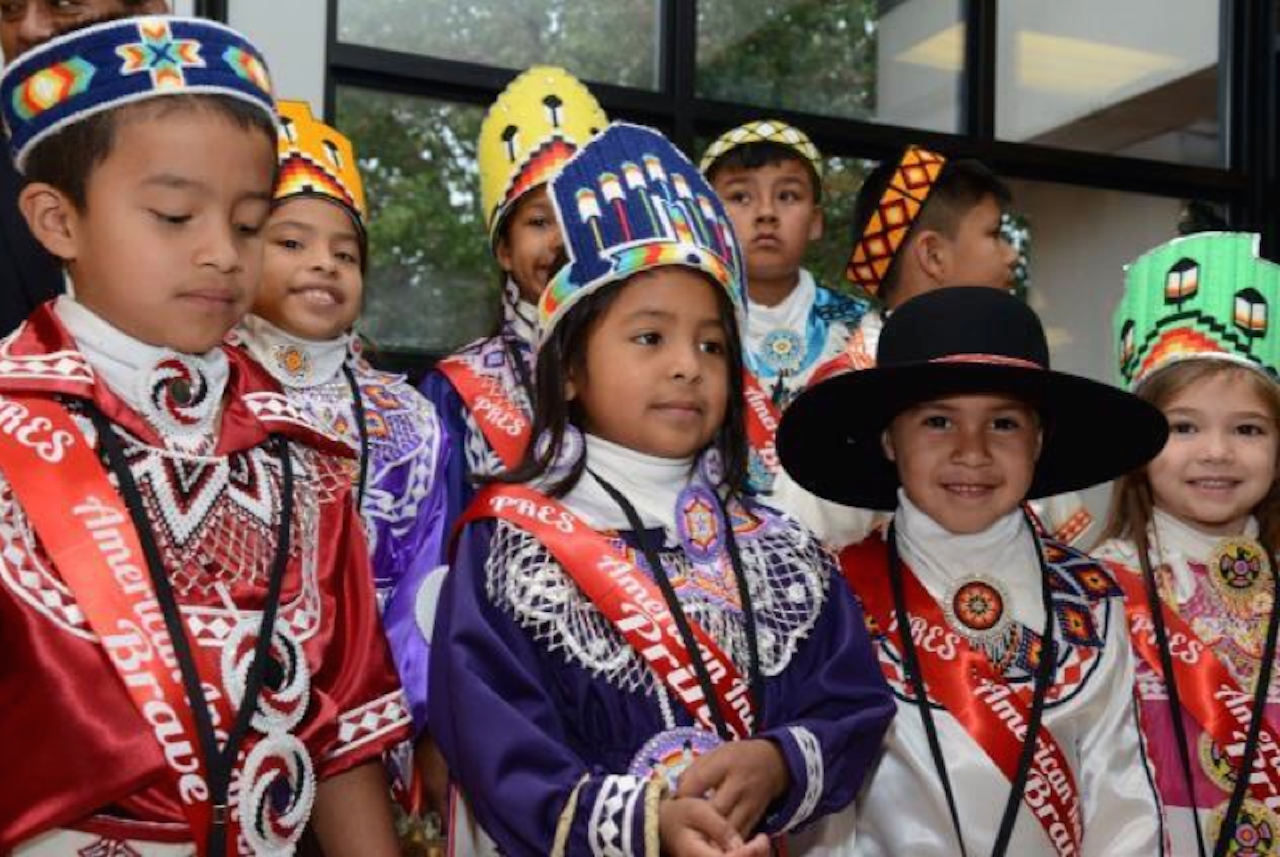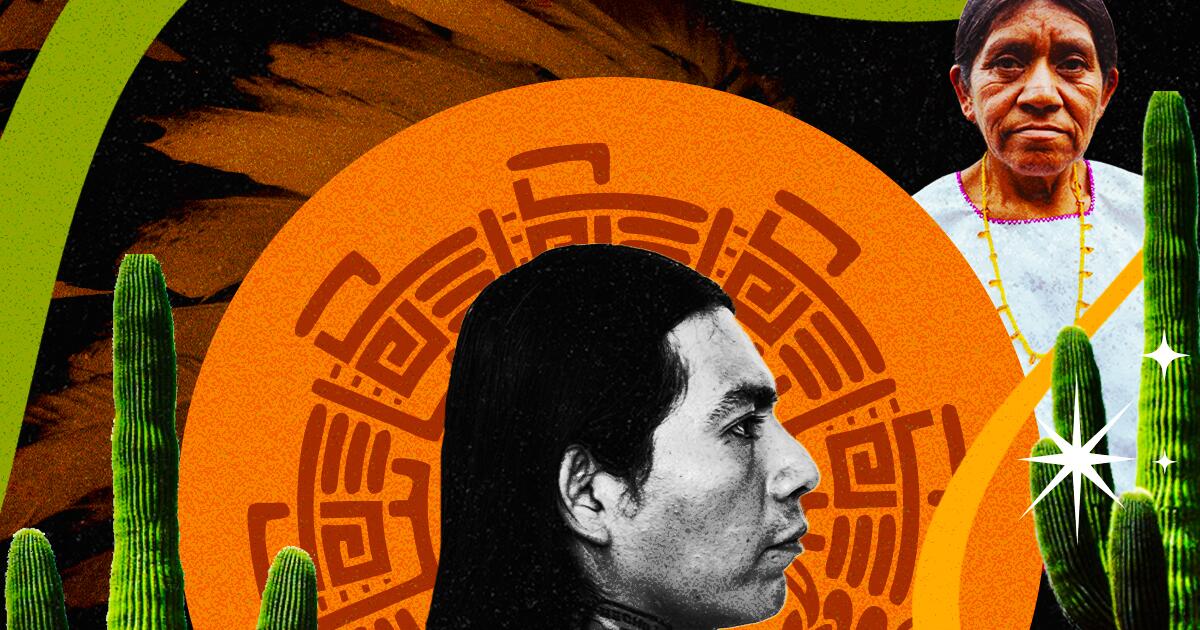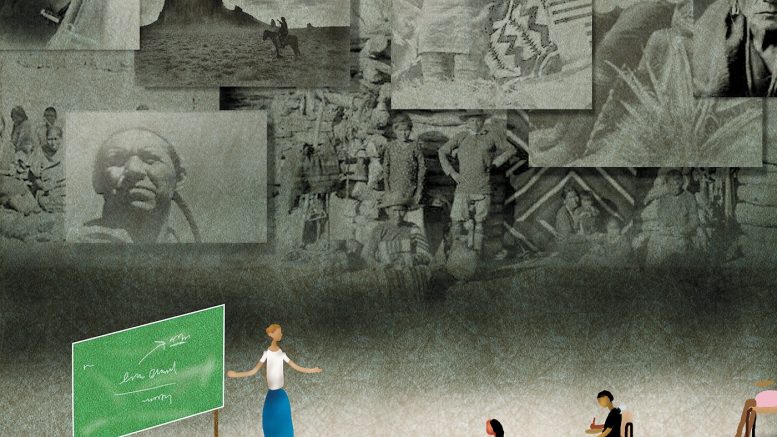In the modern world, the preservation of Native American languages is an important and pressing issue that affects not only linguistic aspects, but also the rights and cultural heritage of ethnic groups. The right to linguistic diversity is a fundamental principle, and the preservation of the unique language systems of the indigenous peoples of the Americas plays an important role in preserving their identity, culture and values.
The Richness of Native American Languages: Diversity and Uniqueness
Native Americans, also known as Native Americans or American Indians, speak a variety of languages depending on their ethnic background and cultural traditions. There is a rich variety of Native American languages in the United States that belong to different language families.
One of the most common language families among Native Americans is the Athabaskan-Apache language family, which includes languages such as Navajo, Apache, and others. These languages are used by the Navajo and Apache peoples living in the Southwestern regions of the United States.
Another widely spoken group of languages among Native Americans is the Algonquian family of languages. These languages are spoken by many peoples, including Cree, Ojibwe, Algonquin and others, living in Canada and North America. Common North American languages include Navajo (with 180 thousand speakers), Cree (with 117 thousand) and Ojibwe (with 100 thousand).

In addition, there are languages of the Inuit-Aleut family, such as Eskimo and Aleut, which are used by the Inuit and Aleut peoples in Alaska and other northern regions.
It is important to note that many Native American languages are endangered due to various sociocultural and historical factors. Many indigenous languages face problems of preservation and transmission, and there is active work to protect and restore them through various educational and cultural programs.
The depth and complexity of the Chippewa language: Exploring the cultural heritage of Native Americans.
The Chippewa American Indian language, also known as Aniskinabek, is one of the most complex languages in the world. This language belongs to the Algonquian language family and is widely spoken among Native Americans living in North America, especially in Canada and the United States.
One of the unique features of the Chippewa language is its rich verbal system. There are about 6,000 verb forms in this language, making it one of the languages with the most extensive set of verb structures compared to other languages. This demonstrates the deep structure and complexity of the language.

Despite its complexity, the Chippewa language has attracted the attention of linguists and researchers for its unique system of sounds, grammatical rules and syntax. It represents a valuable object of study for linguistic research and cultural analysis.
Several words from the Chippewa language have become widely known in world culture. One such word is “totem” – a symbolic object representing a totemic animal or plant that has special meaning for a given tribe or family. Another famous word is “wigwam” – a traditional shelter used by Native Americans, made from materials available in their natural environment.
Learning the Chippewa and other Native American languages plays an important role in preserving their cultural heritage and identity. These languages not only convey knowledge of local nature and traditions, but also help preserve the unique worldviews and understandings of the world that are valuable cultural assets of Chippewan and other Indian communities.

